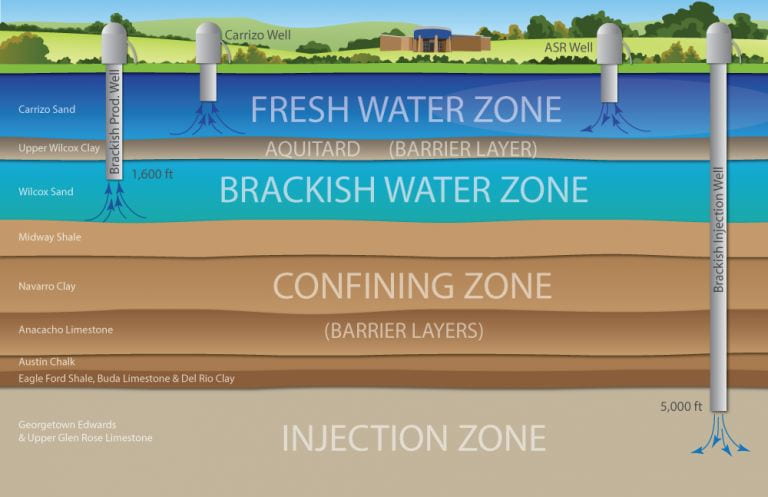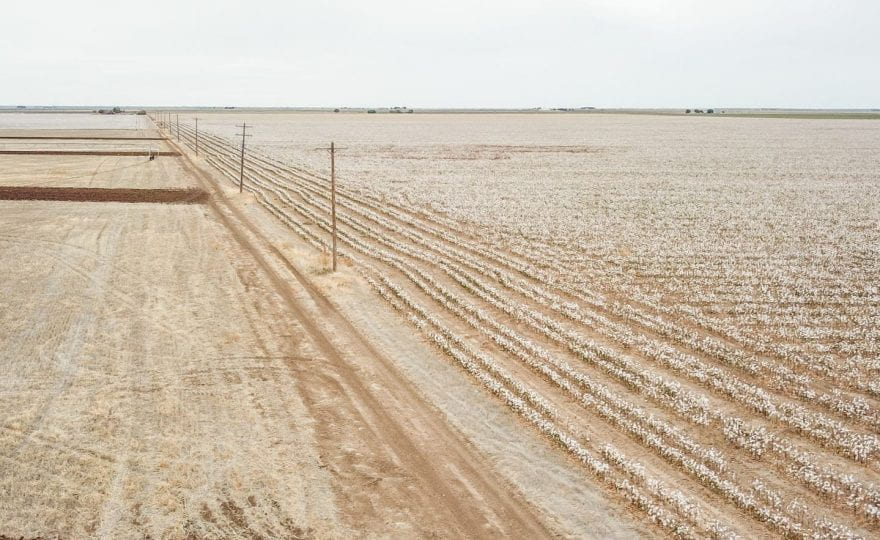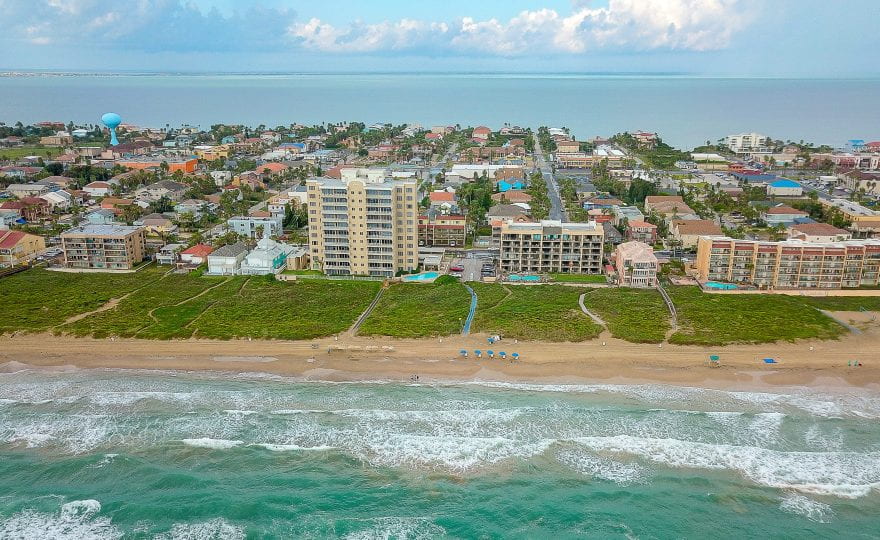This month we explore articles on the topics of recommending changes to the Pecos River Compact to address the realities of a changing climate, analyzing reallocation and development actions between and within municipal, agricultural, and energy industry users in a water-scarce region, and reviewing lessons learned from 18 years’ operating experience at a large aquifer storage recovery wellfield for the San Antonio Water System.
Category: think+water
think+water: Water affordability and climate change in El Paso, home on the future range of the Ogallala, and resilience after Winter Storm Uri
This month we explore publications on the topics of predicting future household water affordability in El Paso under conditions of climate change, examining the role of rangeland science for tackling the dwindling supplies of the Ogallala Aquifer, and tracking the water infrastructure resilience one year after Winter Storm Uri.
think+water: Induced earthquakes, bad algae, and fishing guides
We explore academic articles on the topics of investigating how oil and gas production (in combination with disposal) can induce seismic activity, examining the occurrence and diversity of harmful algae species along the Texas Gulf Coast, and characterizing the style of participation among Texas inshore recreational fishing guides.
think+water: Conserving water in citrus groves, black outages matter, and a massive load of mercury for Galveston Bay
This month we explore academic articles on the topics of evaluating citrus grove-floor management strategies for water use efficiency and conservation in the Lower Rio Grande Valley, examining social disparities in Texas after Winter Storm Uri, and quantifying the sediment and mercury delivered to Galveston Bay from Hurricane Harvey.
think+water: Long-term changes in Lavaca Bay, Uri and post-traumatic stress, and Texan perceptions of reuse and desalination
This month we explore academic articles on the topics of identifying natural environmental stressors that may account for the long-term decline of ecosystem health, examining winter storm-associated post-traumatic stress in eight Texas metro areas, and analyzing public perceptions of desalination and water reuse in Texas.





